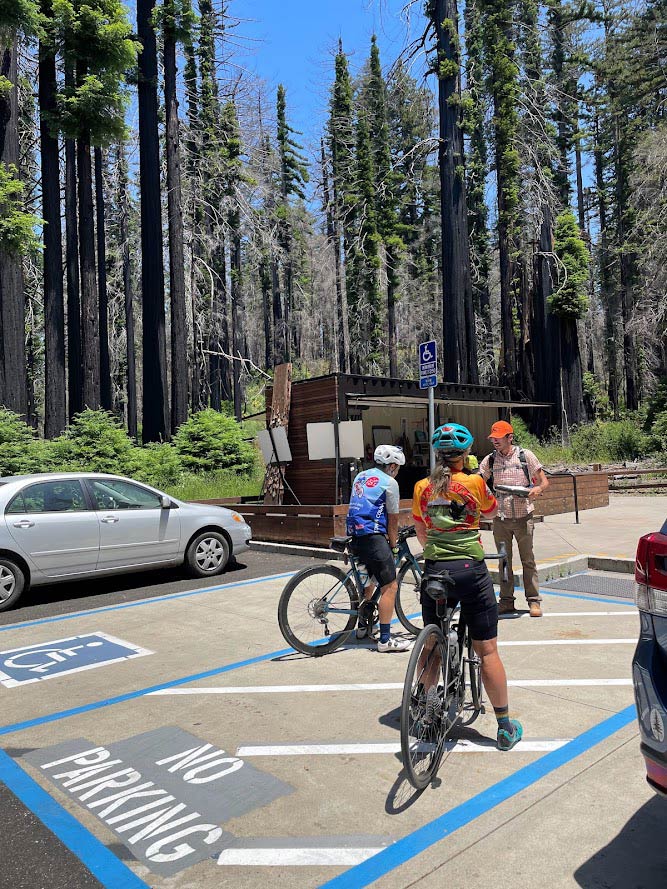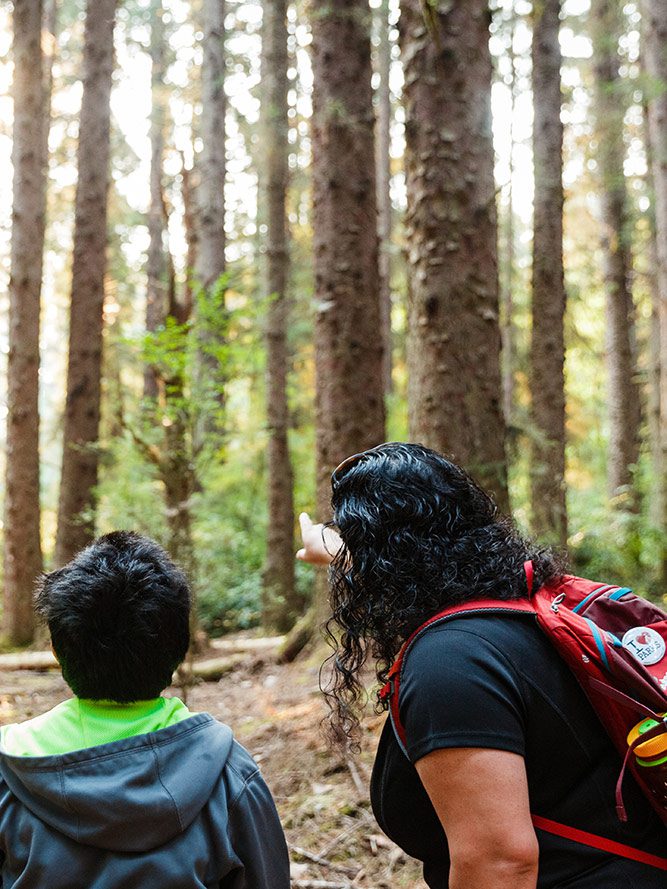

Parks are special places for people to connect with nature. At the same time, parks are home to vulnerable habitats and the species that rely on them. Known for some of the most beautiful and diverse ecosystems in the world, California’s state parks are visited by millions of people every year.
California’s state parks are experiencing an incredible increase in park visitors, which leads to the quandary of being “over-loved.” Overcrowding in parks can have detrimental effects on both the environment and visitor experience. Excessive foot traffic can lead to erosion of delicate ecosystems, destruction of plant life, and disturbance of wildlife habitats. Not to mention the overall strain on park infrastructure and resources.
That’s why Parks California is working with California State Parks and a range of partners to identify strategies to better care for these unique places and build park resiliency for the endangered, threatened, and rare species that can’t survive without them.
Ultimately, managing visitor numbers is crucial to preserving the natural beauty and ecological balance of parks while ensuring a positive experience for all who visit. To do that, State Park managers need tools to help sustain a balance between high quality experiences for visitors and protecting the very lands and resources that people come to enjoy.
In partnership with California State Parks, and Oregon State University, in 2023, Parks California developed a Visitor Use Management Toolkit as a resource for park staff and land managers who are interested in implementing visitor use management strategies. We invite you to explore these Toolkit resources below, and we welcome you to share them with your teams and partners.
Parks California’s Visitor Use Management Toolkit
Webinars:
Factsheets:
Protocol Catalogue:
Case Studies: